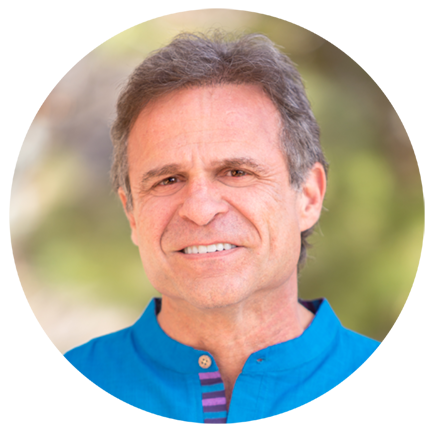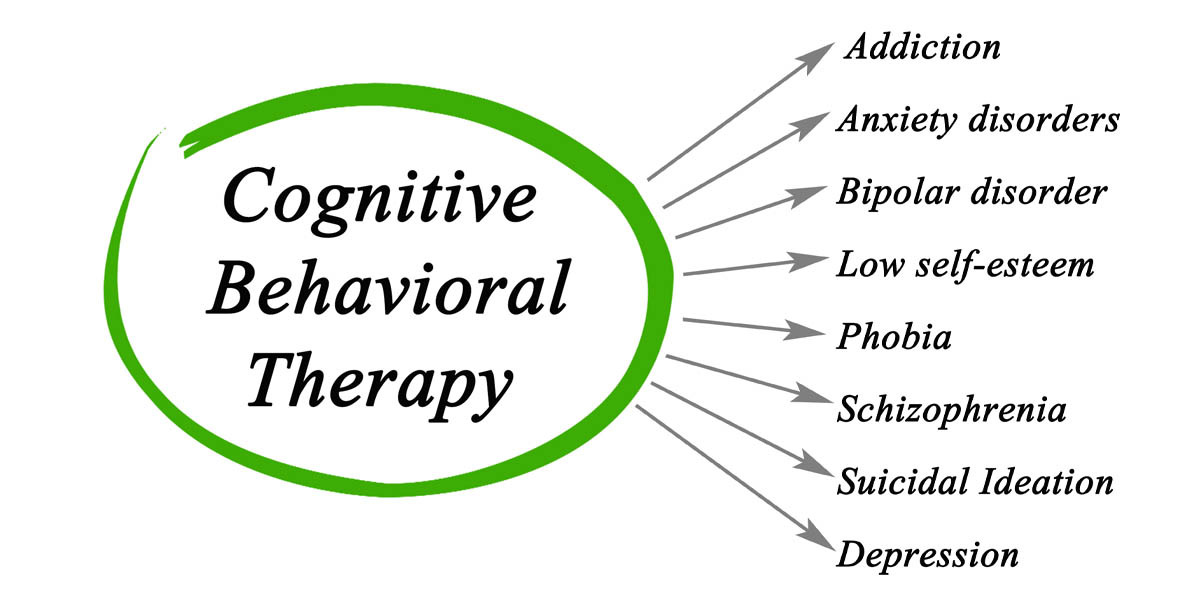If you’re struggling with depression, anxiety or the effects of trauma, chances are you’ve come across CBT in your search for a solution.
Cognitive behavioral therapy (CBT) uses what we know about how your brain works to impart real-life skills. These skills aim to reduce the symptoms of your diagnosis and help you engage with life more fully. CBT is heavily researched and is proven effective to alleviate depression, reduce anxiety and cope with the effects of trauma.
Learn More About CBT Treatment
This powerful treatment can go a long way to help you tackle your diagnosis and build your mental wellness toolkit. At The Sanctuary, we use CBT as part of a wide array of healing methods in our holistic non-12-Step treatment program.
But how exactly does it work? Let’s take a look at:
Step One: Assessment
Any mental health treatment course should start with a thorough evaluation. Your therapist will gather some essential information to better understand the nature and severity of your symptoms. They’ll also try to get a feel for how your mental health concern affects your current quality of life. To do this, they might ask questions about:
- When your symptoms started
- What’s currently going on
- If any changes recently took place
As a basis for treatment, your therapist is also interested in getting to know who you are. After all, mental health has to do with your whole picture. They may also ask questions like:
- What’s your family of origin like?
- How do you identify in terms of gender and sexual orientation?
- Who are your closest relationships?
- Do you have any medical conditions?
Of course, it takes longer than one session to get to know someone. But this assessment serves as a starting point from which you and your therapist can start to grow a trusting relationship.
Core Components of CBT
Goal Setting
Cognitive behavioral therapy is highly goal-oriented. A CBT therapist may begin your work together by identifying your values and setting some therapy goals. These aren’t about imposing what your therapist thinks is right, but about naming what you personally hope to get out of treatment. This could be something like:
- Lowering your baseline stress levels
- Learning coping strategies for social anxiety
- Reducing conflict in a relationship
- Calming your trauma response
The idea here is to clarify what you want to achieve.
Psychoeducation
This element is about teaching you how your mental health problem functions behind the scenes. Better understanding how your anxiety, depression or trauma works helps you unpack and make sense of it so it feels less overwhelming. It also helps you realize that what you’re dealing with is simply a part of the universal human struggle.
It’s not just your mind, it’s the mind.
Cognitive: Working With our Thoughts
CBT aims to help you think in more fair, balanced and accurate ways. That’s because mental health problems often stem from unhelpful ways of thinking, based in fear and unworthiness. More often than not, we get stuck in these patterns for so long that they’re automatic. That is, they happen without us even realizing it. And when you see the world through a distorted lens, it’s easy to confirm your negative beliefs.
Cognitive restructuring helps you identify and disrupt these thought patterns so you can see things for what they really are. To do this, your therapist might have you keep a record of your thoughts between sessions, or give you techniques like “thought stopping” to interrupt a habit of spiraling. And as you begin to change the way you think, the world around you may seem much less gloomy than it did before.
Behavioral: Changing how we Act
How you think may affect your life, but how you act also affects how you think and feel. That’s why CBT promotes concrete behavioral changes, which in turn have a direct impact on your emotions.
For example, if you’re depressed, you probably don’t feel like doing much at all – including the things that used to make you happy. But your therapist might recommend doing them anyway, and as a result, you could see your depression symptoms start to lessen. This technique is called “behavioral activation.”
Likewise, anxious people tend to avoid situations that cause them stress. But this actually reinforces anxiety by sending your brain the message that those situations are not okay. To combat this, your therapist might use exposure therapy: doing the opposite of what you normally would in an anxiety-producing scenario.
Over time, these strategies give our brain a chance to work in new ways – and form new neural pathways as a result.
New Elements of CBT
In addition to the traditional components of CBT, new approaches are being used to enhance its effectiveness and broaden its application.
Mindfulness
Mindfulness meditation teaches us how to be in the present moment without judgment. This practice grows our acceptance, which helps is greatly in dealing with factors that are beyond our control.
Dialectical behavior therapy (DBT)
DBT is designed to help people deal with unstable moods, issues of self-worth, and high-conflict relationships. This therapy teaches us how to be more effective in our relationships, which can be an excellent complement to your work in CBT.
Is CBT Right for You?
Cognitive-behavioral therapy is the most thoroughly researched, evidence-based form of talk therapy. It’s proven effective for treating a wide range of psychological disorders, from panic disorders to social phobia to PTSD. The only way to know if it sits well with you, however, is to try for yourself.
At The Sanctuary, we give all of our client’s detailed resources for finding the right therapist to establish an ongoing relationship with after treatment. And while you’re here, you’ll get to experience CBT, along with a host of other therapies and awareness tools. Ultimately, you get to decide what feels right for you, and we’re here to guide you every step of the way.
To learn more about our complete journey of healing from anxiety, depression, addiction, and trauma, contact us today.
He is the Founder, Administrator, Counselor at the Sanctuary at Sedona. He has a BA in Political Science and is currently Senior teaching staff at Four Winds Society, an international school of energy medicine. His credentials also include being an Ordained Minister; a Certified Shamanic Breathwork® Facilitator; a Founding Member Society for Shamanic Practitioners; a Member of Association for Comprehensive Energy Psychology; a Member of the National Institute for Holistic Addiction Studies. [email protected]

